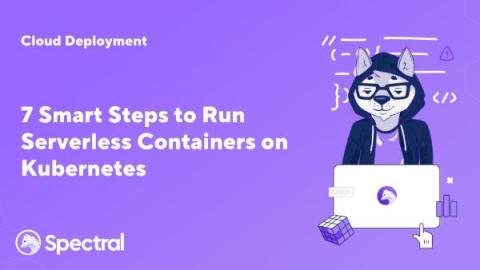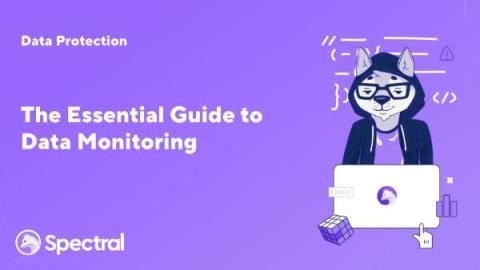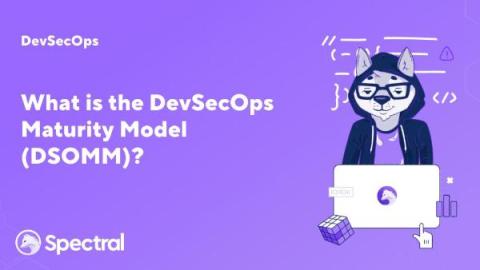7 Smart Steps to Run Serverless Containers on Kubernetes
Serverless containers mark a notable evolution from traditional containerization. Traditional containers, being continuously active, can lead to resource wastage. Serverless containers, however, are ephemeral and operate on-demand. For developers, this means less time spent on server management and more on coding. Kubernetes, or K8s, stands out in automating, scaling, and managing these containerized applications.





